Victorian farm cottage transformed into eco-friendly, countryside family home
A Victorian farm cottage in the British countryside has been transformed by Guttfield Architecture into Cherry Tree House, a modern, eco-friendly family home that celebrates its natural surroundings
Will Scott - Photography
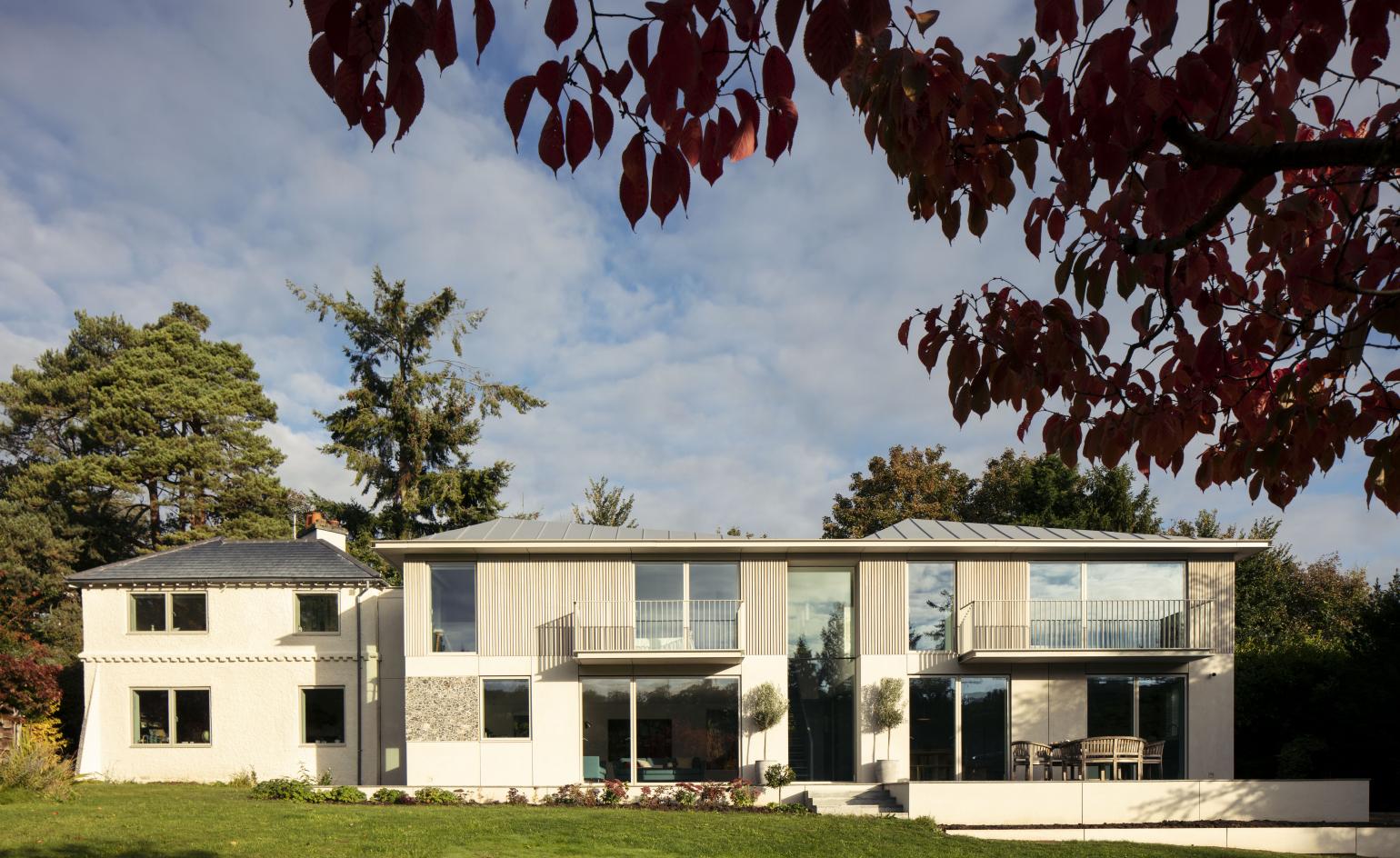
A new family home in rural Harpsden near Henley-on-Thames pays homage to its natural and architectural context. Cherry Tree House, designed by Berkshire-based Guttfield Architecture, is the transformation of a Victorian farm cottage into a modern residence. The architecture was conceived to take into account its historical ‘bones' and celebrate the surrounding green landscape, in particular the distinctive cherry tree on site.
The original period dwelling consisted of three parts: a cottage, the stables and a coach house. Studio founder Fred Guttfield and his team incorporated the various parts into their design, which included removing poorly constructed additions and creating a reimagined cottage with a generous extension.
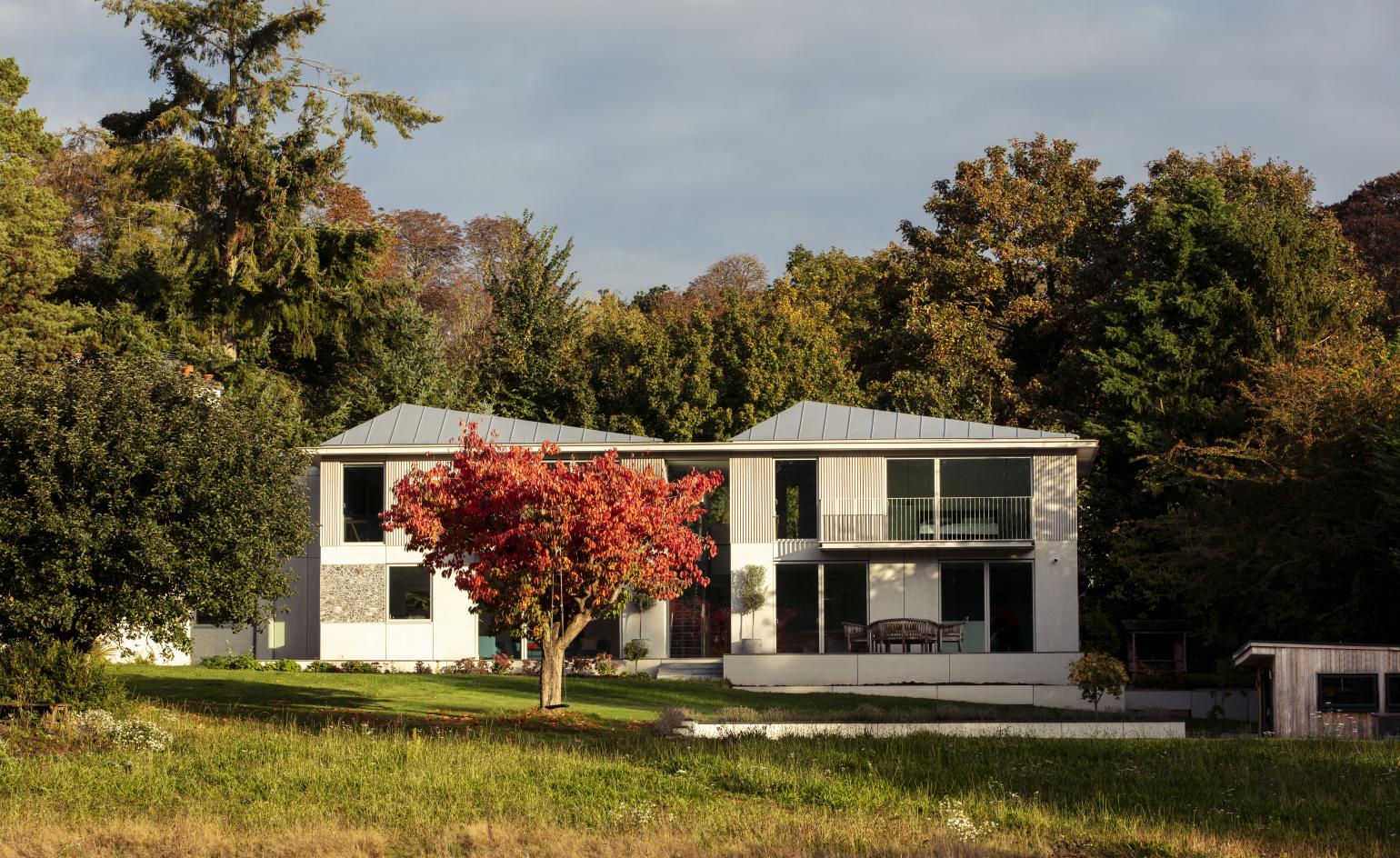
Creating an eco-friendly, low-energy home was a priority for the team. By retaining the existing structures on site, it was possible to minimise the embodied energy in the new home. Working with a lightweight, largely timber construction also helped to that end. Further sustainability credentials include a ground-source heat pump for heating, and a photovoltaic array that contributes to energy needs.
The structure's carefully articulated façade ensures it looks at home in its natural context. The architects used various surfaces that break down the overall volume and add layering and texture. The exterior now features light-grey cement-board cladding and panels in locally quarried knapped flint, installed by local craftsman Ally Fincken. At the same time, the interior has been kept minimalist and flexible, with an emphasis on spaciousness and architectural geometries, accented by built-in bespoke furniture and joinery.
'Instead of wastefully demolishing all of the buildings and erasing the site’s history, it was key to our approach to retain the original cottage and make it the inspiration for the new architecture on the site,' says Guttfield. ‘As a result, the old and new come together harmoniously with each other and the landscape. All rooms on the south side of the house have been designed to enjoy views of the cherry tree and the Chilterns Area of Outstanding Natural Beauty beyond.'
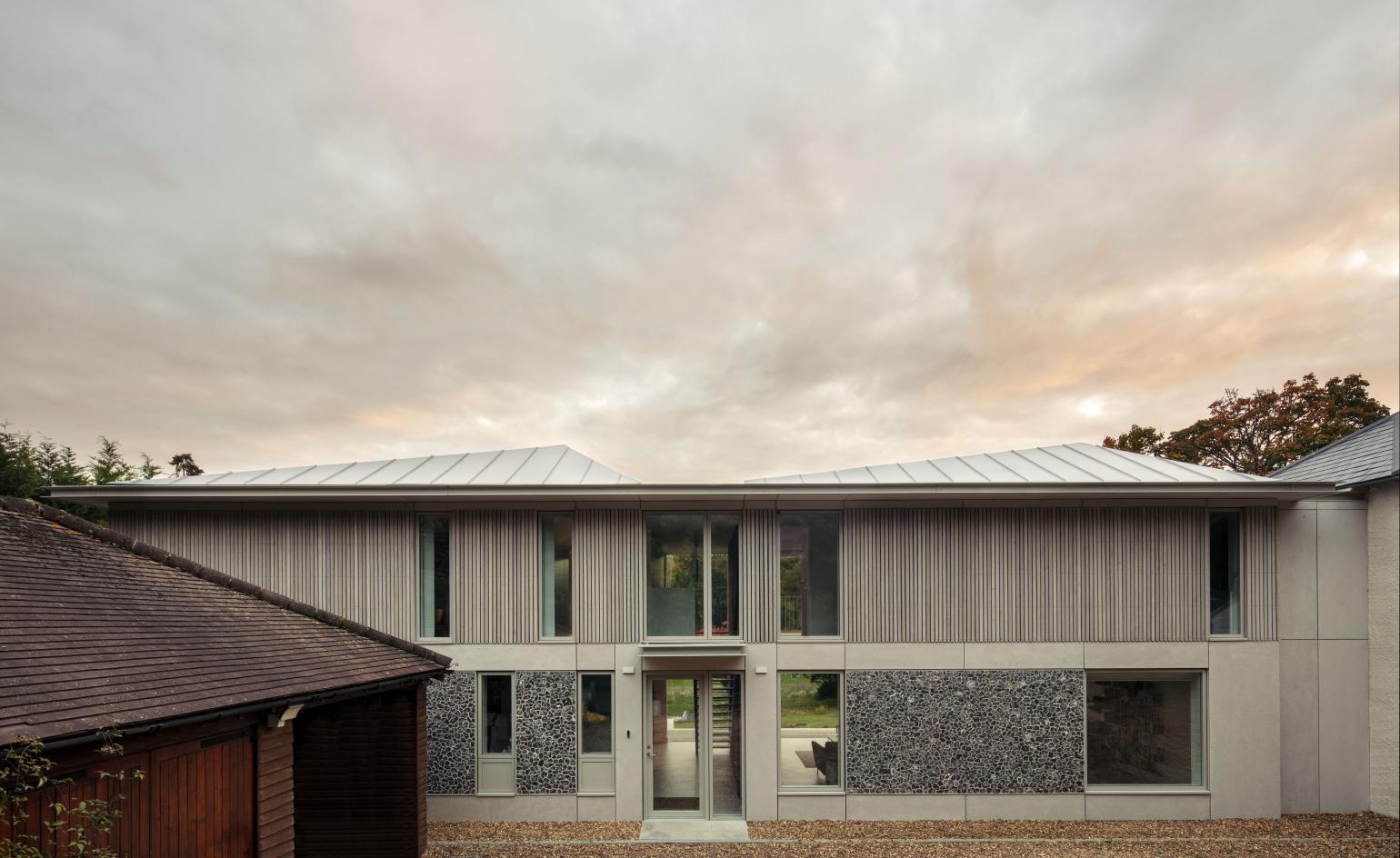
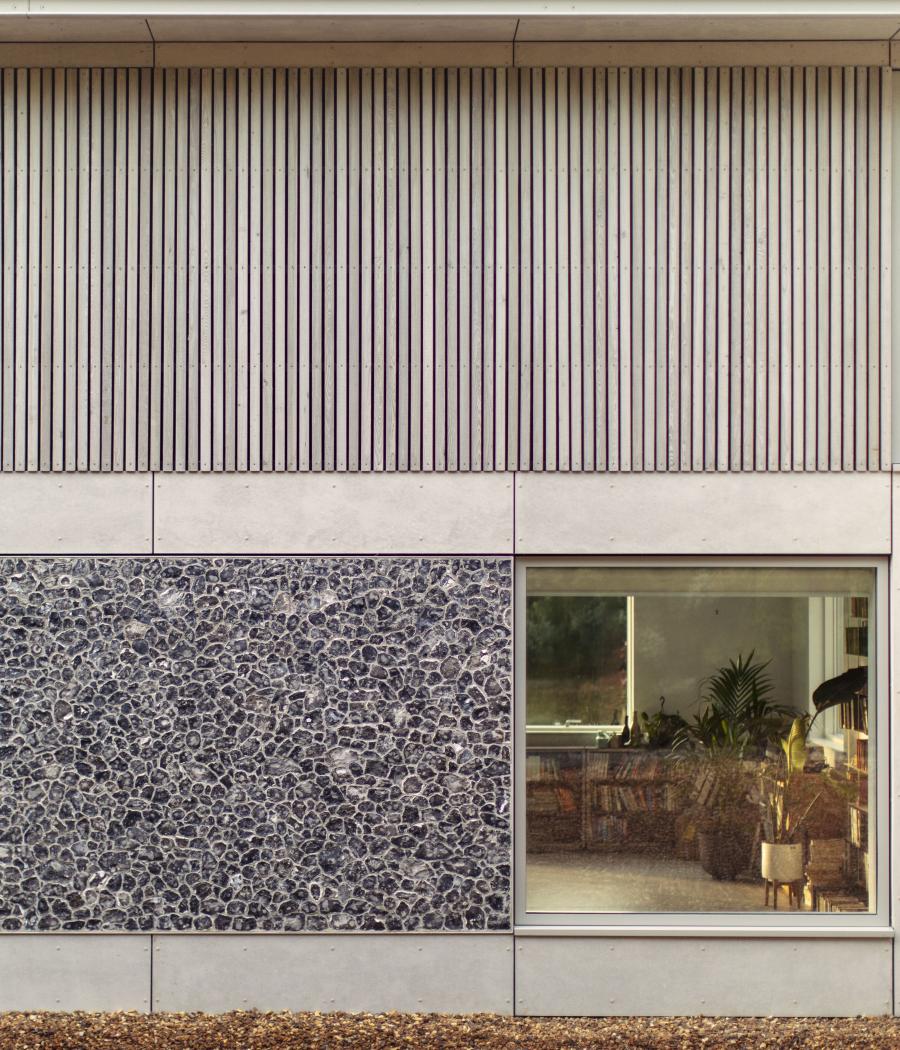
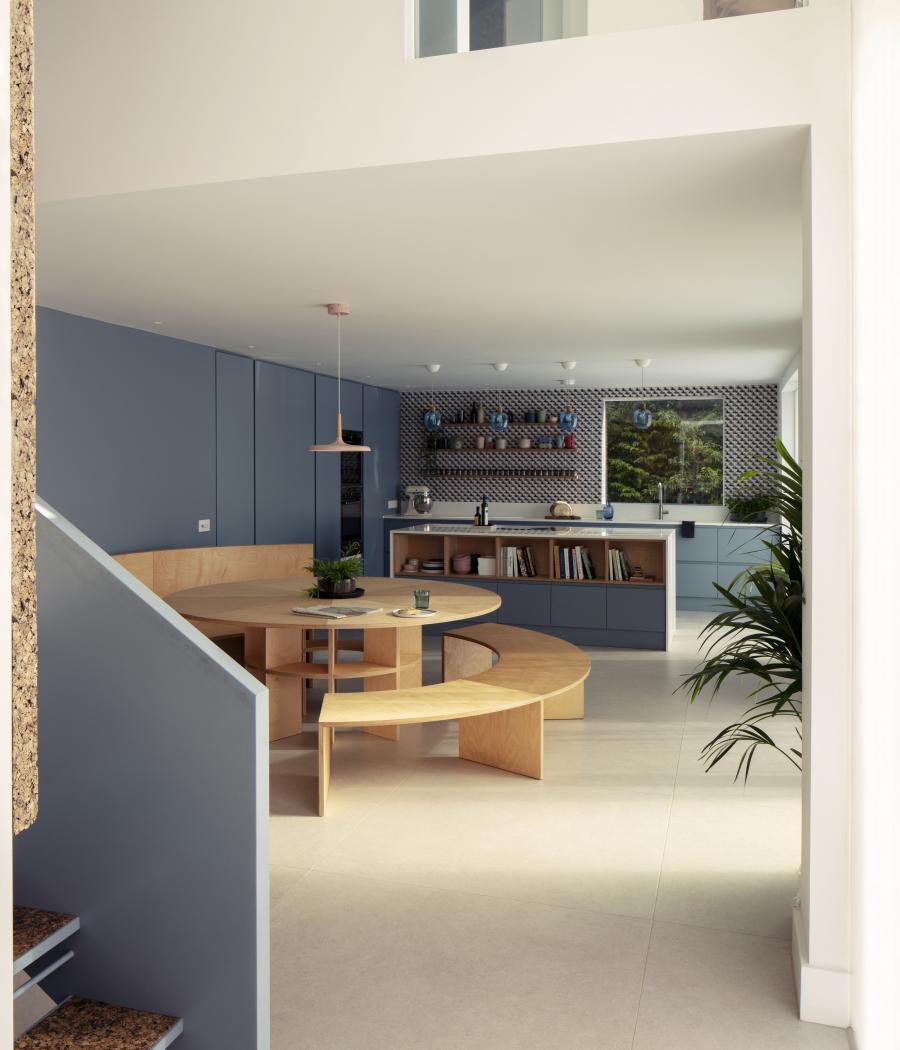
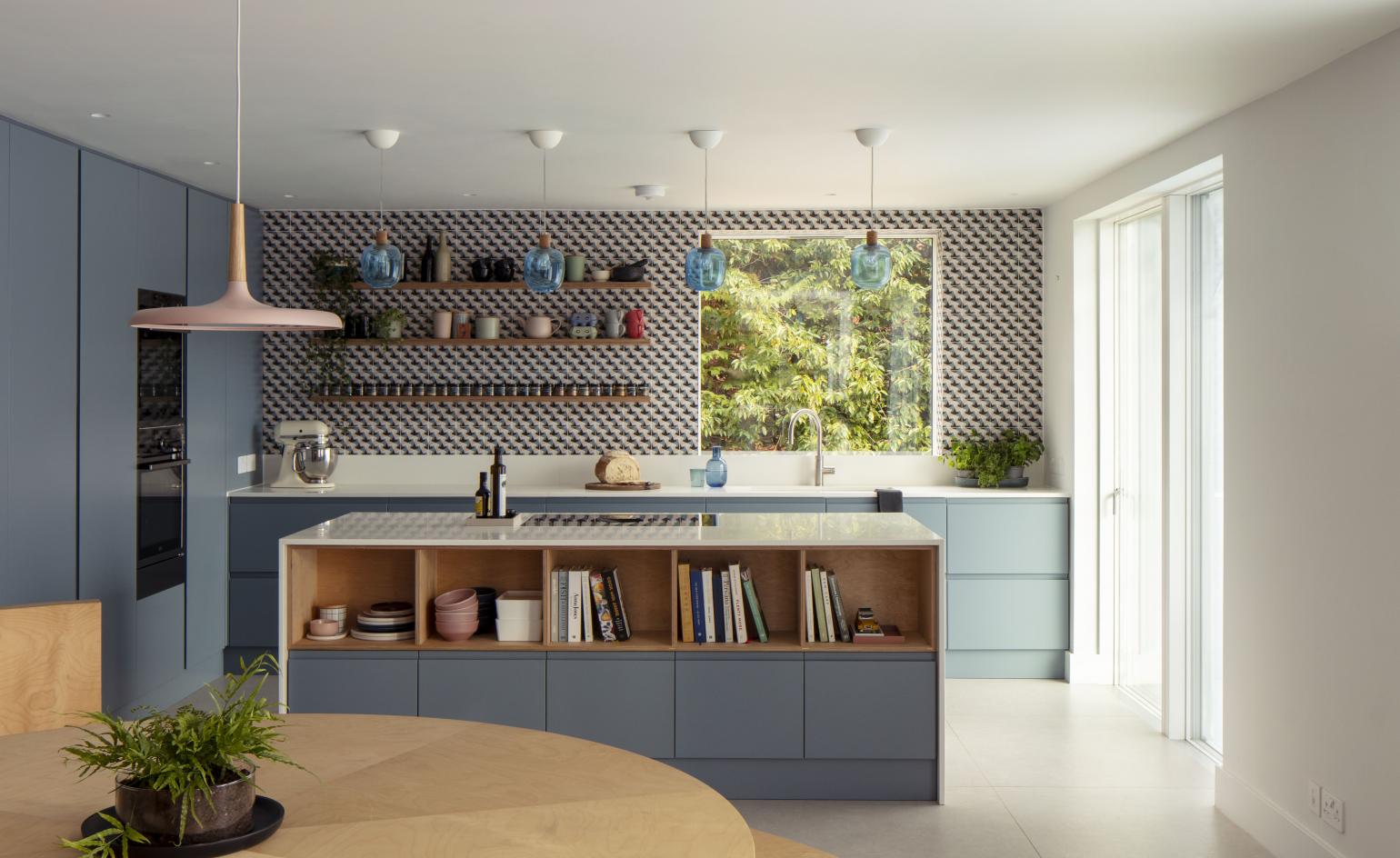
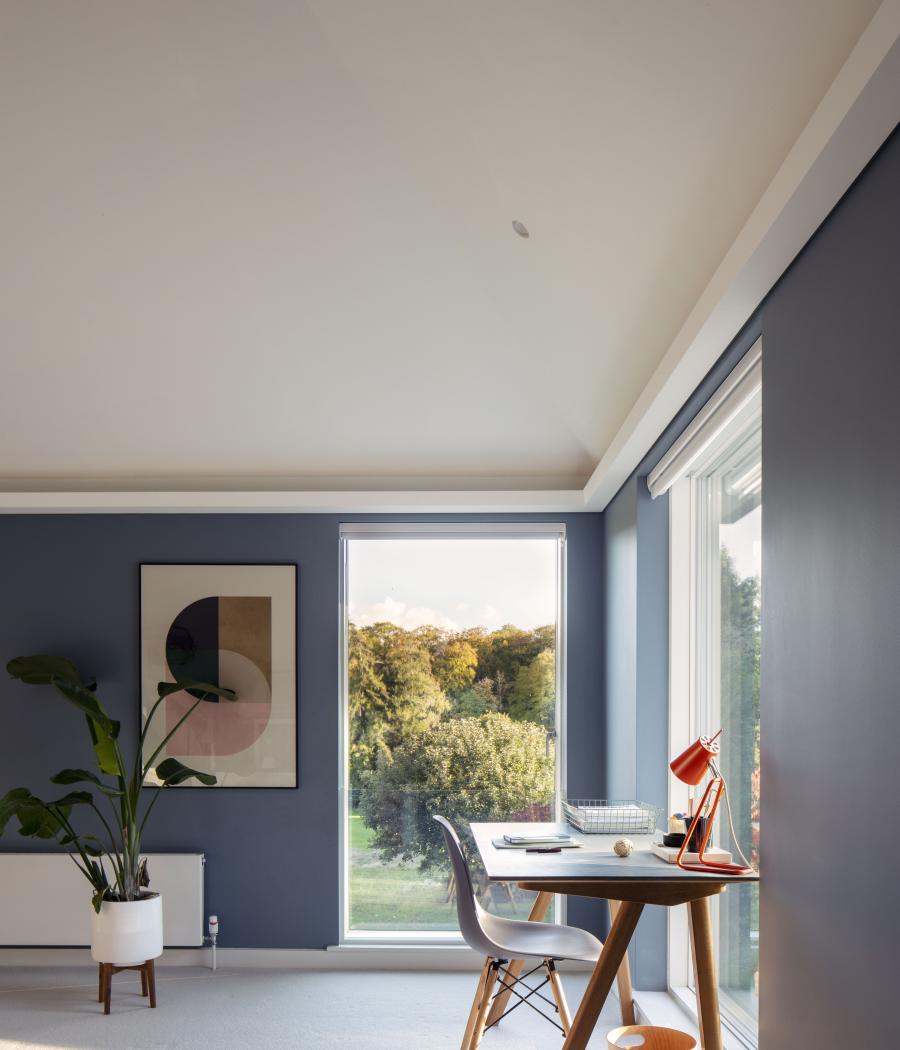


INFORMATION
Receive our daily digest of inspiration, escapism and design stories from around the world direct to your inbox.
Ellie Stathaki is the Architecture & Environment Director at Wallpaper*. She trained as an architect at the Aristotle University of Thessaloniki in Greece and studied architectural history at the Bartlett in London. Now an established journalist, she has been a member of the Wallpaper* team since 2006, visiting buildings across the globe and interviewing leading architects such as Tadao Ando and Rem Koolhaas. Ellie has also taken part in judging panels, moderated events, curated shows and contributed in books, such as The Contemporary House (Thames & Hudson, 2018), Glenn Sestig Architecture Diary (2020) and House London (2022).
-
 ‘I want to bring anxiety to the surface': Shannon Cartier Lucy on her unsettling works
‘I want to bring anxiety to the surface': Shannon Cartier Lucy on her unsettling worksIn an exhibition at Soft Opening, London, Shannon Cartier Lucy revisits childhood memories
-
 What one writer learnt in 2025 through exploring the ‘intimate, familiar’ wardrobes of ten friends
What one writer learnt in 2025 through exploring the ‘intimate, familiar’ wardrobes of ten friendsInspired by artist Sophie Calle, Colleen Kelsey’s ‘Wearing It Out’ sees the writer ask ten friends to tell the stories behind their most precious garments – from a wedding dress ordered on a whim to a pair of Prada Mary Janes
-
 Year in review: 2025’s top ten cars chosen by transport editor Jonathan Bell
Year in review: 2025’s top ten cars chosen by transport editor Jonathan BellWhat were our chosen conveyances in 2025? These ten cars impressed, either through their look and feel, style, sophistication or all-round practicality
-
 Arbour House is a north London home that lies low but punches high
Arbour House is a north London home that lies low but punches highArbour House by Andrei Saltykov is a low-lying Crouch End home with a striking roof structure that sets it apart
-
 A former agricultural building is transformed into a minimal rural home by Bindloss Dawes
A former agricultural building is transformed into a minimal rural home by Bindloss DawesZero-carbon design meets adaptive re-use in the Tractor Shed, a stripped-back house in a country village by Somerset architects Bindloss Dawes
-
 RIBA House of the Year 2025 is a ‘rare mixture of sensitivity and boldness’
RIBA House of the Year 2025 is a ‘rare mixture of sensitivity and boldness’Topping the list of seven shortlisted homes, Izat Arundell’s Hebridean self-build – named Caochan na Creige – is announced as the RIBA House of the Year 2025
-
 In addition to brutalist buildings, Alison Smithson designed some of the most creative Christmas cards we've seen
In addition to brutalist buildings, Alison Smithson designed some of the most creative Christmas cards we've seenThe architect’s collection of season’s greetings is on show at the Roca London Gallery, just in time for the holidays
-
 In South Wales, a remote coastal farmhouse flaunts its modern revamp, primed for hosting
In South Wales, a remote coastal farmhouse flaunts its modern revamp, primed for hostingA farmhouse perched on the Gower Peninsula, Delfyd Farm reveals its ground-floor refresh by architecture studio Rural Office, which created a cosy home with breathtaking views
-
 A revived public space in Aberdeen is named Scotland’s building of the year
A revived public space in Aberdeen is named Scotland’s building of the yearAberdeen's Union Terrace Gardens by Stallan-Brand Architecture + Design and LDA Design wins the 2025 Andrew Doolan Best Building in Scotland Award
-
 A refreshed 1950s apartment in East London allows for moments of discovery
A refreshed 1950s apartment in East London allows for moments of discoveryWith this 1950s apartment redesign, London-based architects Studio Naama wanted to create a residence which reflects the fun and individual nature of the clients
-
 In this Cotswolds home, drama meets minimalism
In this Cotswolds home, drama meets minimalismCotswolds home Hiaven house, with interiors designed by McLaren Excell, is a perfect blend of contemporary chic and calm, countryside drama